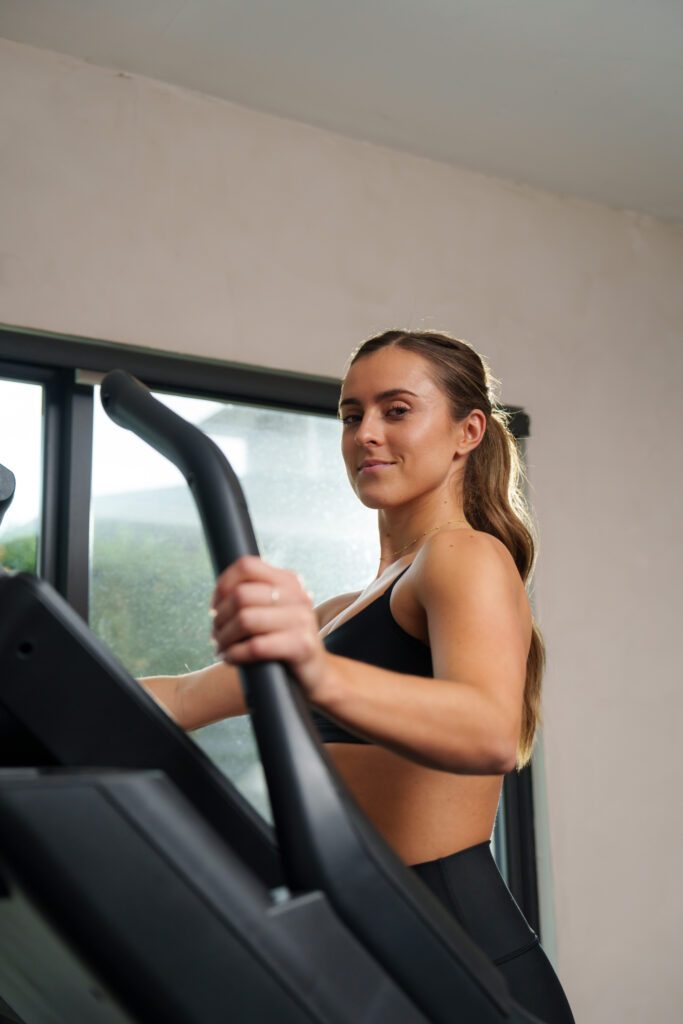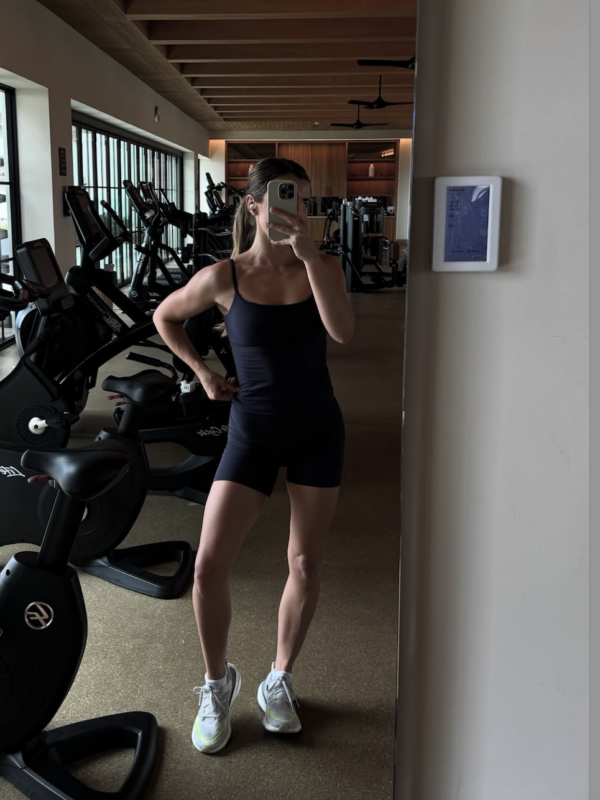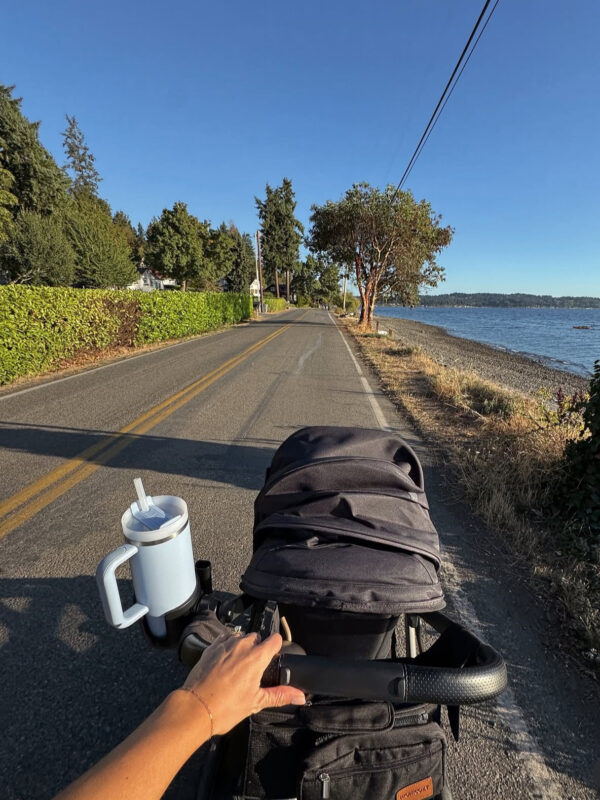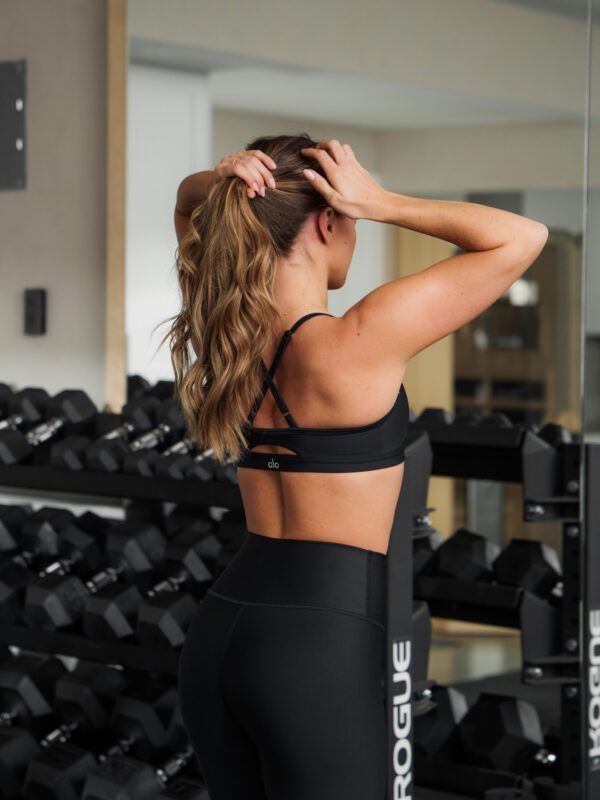
One key factor in avoiding plateau and achieving your goals is progressive overload.
My gym-based fitness guide GOOD // SWEAT STRENGTH uses progressive overload style training over the course of 8-weeks. Progressive overload is the gradual increase of stress (intensity or difficulty) placed on the body during exercise, which allows for continuous progress and improvement. I personally love this style of training and firmly believe it helped me avoid plateau — if you think about it, by consistently manipulating a different variable your body will never become accustomed to the same stress, it will always be adapting to the new challenge.
What you should know about progressive overload:
- Gradual increase of stress, ideally less than 10% increase week over week.
- Intentional manipulation of different variables to avoid plateau. 4 major variables: reps, endurance, resistance, tempo.
- Natural injury prevention – by gradually increasing demands placed on the body, we can reduce the risk of overloading a specific muscle group and causing injury.
- Avoid burnout/boredom at the gym by consistently changing exercises, reps, and difficulty level.
- Safety and sustainability – you may not notice changes in your strength level and/or body composition as quickly (because of the incremental increases week over week) but you can progress for longer, which makes it safe and low-risk level as well as sustainable for the long-term.
How GOOD // SWEAT STRENGTH uses progressive overload:
When programming and testing the Strength guide, I intentionally manipulated reps and sets each week to support a gradual increase of stress. Weeks 1-4 focus on manipulating reps to set the foundation for muscle growth, and in Weeks 5-8 endurance and tempo come into play as the workouts get increasingly more difficult and slightly longer in time.
For example, the incremental change between weeks demonstrated in Week One and Week Two (continued throughout the guide):
Week One Reps 10 | Sets 3
Week Two Reps 12 | Sets 3
Another tactic utilized to avoid plateau and increase total weight moves are Pyramid and Reverse Pyramid sets. I love using pyramid sets not only to gradually and safely increase strength over time, but to establish good form and get a good feel for equipment before trying to reach your one-rep max. Pyramids start with a lighter weight for higher reps and progressively increases weight while decreasing rep count; 12 reps at a low weight, 10 reps at a low-medium weight, 8 reps at a medium-hard weight, 6 reps at a challenging weight. And Reverse Pyramid sets work in the opposite way, beginning with fewer reps at a your heaviest weight, and increasing reps while decreasing weight throughout the set. Using both Pyramid and Reverse Pyramid sets is another tactic to avoid plateau.
Drop any questions you have in the comments and let me know what you want me to deep dive on next.
















Comments